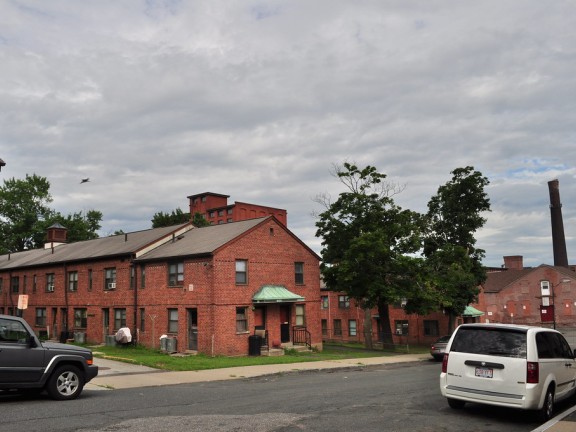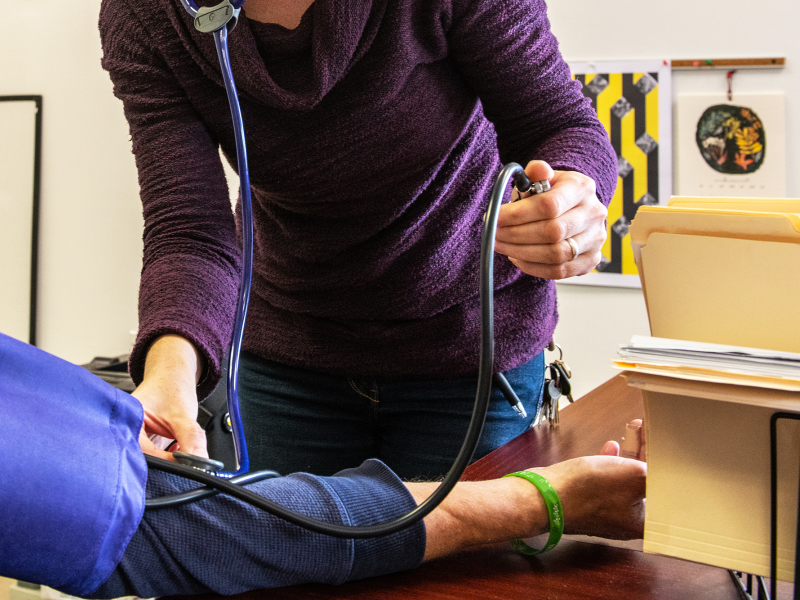How does PTSD Affect Housing Instability?

Post-traumatic stress disorder (PTSD) is a mental health condition that results from experiencing a major or sustained trauma. There is no clear indication of who will experience PTSD, or what event may be traumatic enough to cause it in one individual and not in another. Although we often associate PTSD with war veterans, there are many other events that can be sufficiently traumatic to cause long term harm. Physical or sexual assault, a traumatic accident, or near death experience are just a few.
Having PTSD can increase your risk of experiencing housing instability, including homelessness. The American Psychiatric Association Foundation cites reports indicating that “those with PTSD have greater rates of work absenteeism, a higher number of medical visits, an increased likelihood of unemployment or underemployment, lower hourly pay, and increased difficulty meeting work-related demands.” This puts financial stability at risk, which, in turn, threatens a person’s ability to maintain stable housing.
Not only can having PTSD be a contributing factor towards experiencing homelessness, but, according to the National Alliance to End Homelessness, experiencing homelessness in itself could cause PTSD in an individual. This makes sense when we think about the fact that we all have basic needs that must to be met on a daily basis. As living beings, our need for safety is paramount, and if we do not have a stable place to live, to shelter from the weather, and to lay our heads at night, then we cannot feel safe. This is survival at its most basic.
PTSD, by definition, does not show symptoms until after a traumatic event has ended. So the negative consequences may only begin to show up after a person has escaped homelessness and become housed. This, then, creates an alarming cycle. A person experiences homelessness for a prolonged period. They become stably housed and begin experiencing symptoms of PTSD, which can include trouble sleeping, anxiety, trouble concentrating, trouble remembering directions, and emotional outbursts. The symptoms threaten their ability to maintain employment, which threatens their financial stability. Without employment, they are unable to maintain their housing, and end up experiencing homelessness again.
The Housing First model creates a scenario in which housing is permanent and independent of anything else, essentially disrupting this cycle. Every person has finite resources of mental and emotional energy in one day. A person who is in an unstable position must use their energy to meet their basic needs–food, water, shelter, safety. Housing First relieves the anxiety of finding basic shelter and necessities of survival, which means people will have the mental and emotional energy to begin to address their mental health needs, achieve better health, and reclaim their lives.


